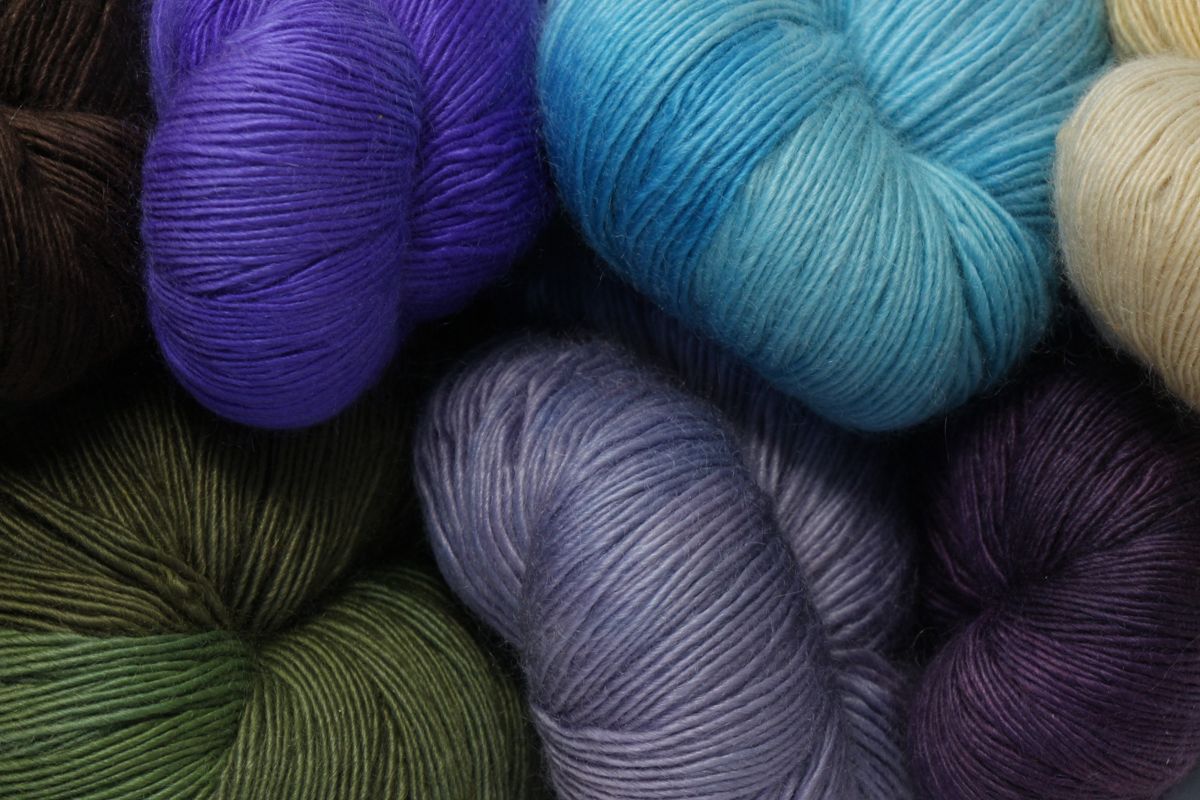What Is Cashmere and Why It’s Regarded One of the Softest Fabrics in the World
Understanding the Different Kinds of Cashmere a Natural Fiber and Their Unique Advantages

The Origins of Cashmere: A Historic Review
While the elegant touch of cashmere remains to appeal modern consumers, its origins trace back to the rough, chilly environments of Mongolia and the Himalayas. For centuries, the native individuals of these areas have been increasing Capra Hircus goats, the prime resource of cashmere woollen. These goats, resilient against the serious winters months, grew a fine undercoat to make it through, which later on came to be called cashmere. The name itself pays tribute to Kashmir, an area in India where the woollen was initially refined. Much of the very early cashmere profession course was helped with by the Silk Roadway, attaching Asia with the Center East and Europe. Despite its worldwide spread, the finest cashmere is still believed to originate from the original regions of Mongolia and the Mountain Ranges.

The Production Refine: From Goat to Garment
Shearing a Capra Hircus goat marks the creation of the intricate cashmere production procedure. This delicate treatment usually takes place annually throughout springtime. The fine, soft undercoat is then divided from the coarser outer hair, a procedure called dehairing. The resultant raw cashmere is then cleaned to get rid of impurities such as grease, dirt, and vegetable matter.
The clean fiber undergoes coloring, spinning, and weaving, or knitting, to change it right into a textile. Facility treatments such as quality assurance checks and finishing procedures follow, making sure completion product preserves the extravagant requirement expected of cashmere. This painstaking process, from goat to garment, warrants the high price affixed to cashmere items, making them an icon of high-end and refinement.
The Various Kinds Of Cashmere: A Comprehensive Evaluation

The Unique Benefits of Cashmere: Comfort and Sustainability
Relocating from the range of cashmere types to the benefits they provide, comfort and sustainability stand out prominently. Cashmere, an all-natural fiber, is renowned for its unrivaled gentleness, offering a level of comfort that artificial fibers can not match.
When it pertains to sustainability, cashmere is eco-friendly and eco-friendly, as it's harvested from cashmere sites goats that regrow their layers yearly. what is cashmere. Unlike synthetic fibers which can take centuries to decay, cashmere's influence on the atmosphere is minimal. This mix of comfort and sustainability makes cashmere a valuable selection for conscious customers

Caring for Your Cashmere: Maintenance and Conservation Tips
While cashmere is undoubtedly a lavish and sustainable choice, it calls for particular like maintain its quality and extend its life-span. To start, cashmere must be hand washed utilizing cold water and a moderate cleaning agent. Prevent turning or wringing the garment as it can damage the fibers. Rather, carefully squeeze out excess water and lay it level on a towel to completely dry. Moreover, cashmere things ought to be saved in a dry and great place, away from straight sunshine and dampness. Using moth repellents can shield these garments from potential damage. Finally, it's suggested to avoid hanging her explanation cashmere to stop extending. Rather, layer and store them effectively to keep their form and top quality in time.
Buying Cashmere: Comprehending Its Value and Worth
Although cashmere may originally seem like a costly financial investment, its long-lasting content worth and worth become obvious when you consider its remarkable top qualities. Known for its unequaled softness and warmth, cashmere is a costs natural fiber that outshines other materials. Spending in cashmere, consequently, is not just concerning present style fads, but regarding welcoming a lasting, long-lasting, and glamorous way of living.
Verdict
In recap, the kind of cashmere one picks, be it Mongolian, Chinese, or Italian, is determined by private preferences for warmth, sustainability, budget plan, and high-end. Understanding the beginnings, manufacturing process, and distinct benefits of various types of cashmere can guide customers in their financial investment in this glamorous all-natural fiber.
Whether it's the exceptional warmth of Mongolian cashmere, the price of Chinese cashmere, or the eco-conscious production of Italian cashmere, there's a story to be uncovered behind each fiber kind. Cashmere, a natural fiber, is renowned for its unmatched gentleness, providing a degree of comfort that synthetic fibers can not match.When it comes to sustainability, cashmere is eco-friendly and naturally degradable, as it's harvested from cashmere goats that regrow their coats each year. Known for its unparalleled gentleness and warmth, cashmere is a costs natural fiber that outmatches various other materials. Understanding the beginnings, manufacturing process, and one-of-a-kind benefits of various types of cashmere can assist consumers in their financial investment in this glamorous natural fiber.